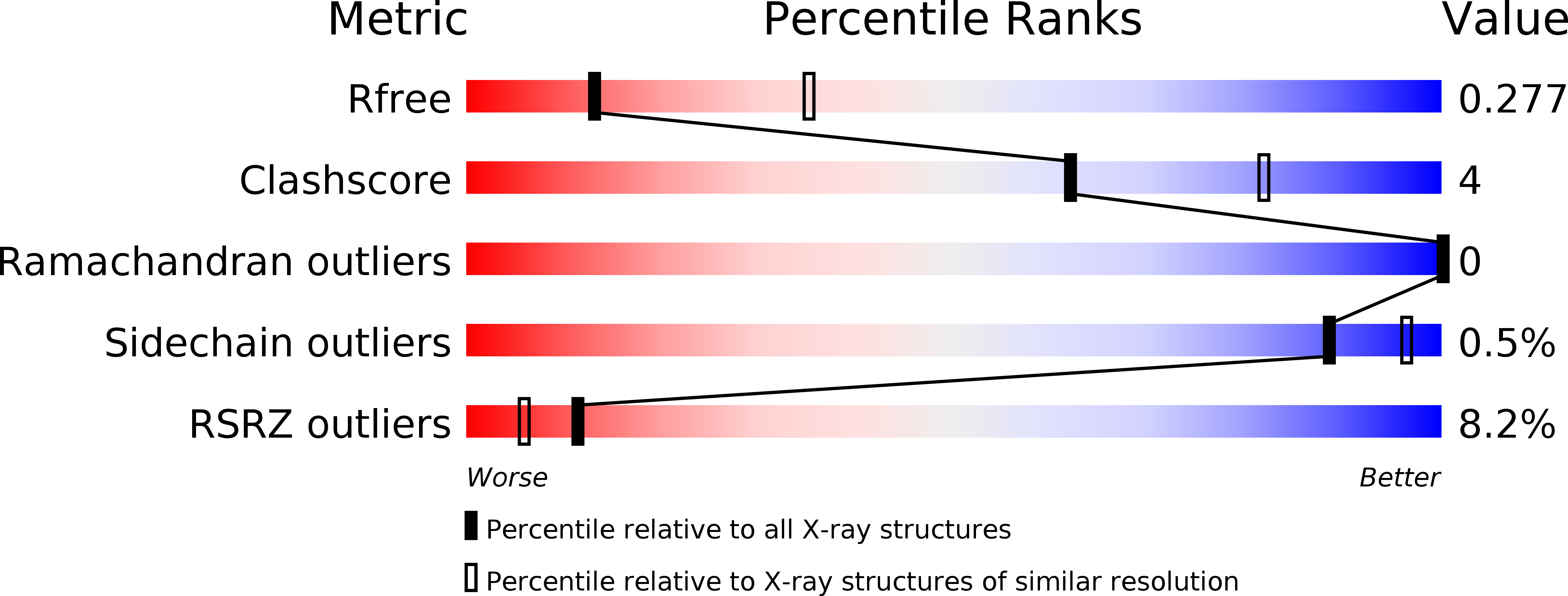
Deposition Date
2019-08-22
Release Date
2020-08-19
Last Version Date
2024-11-06
Entry Detail
PDB ID:
6KS0
Keywords:
Title:
Crystal structure of the human adiponectin receptor 1
Biological Source:
Source Organism:
Homo sapiens (Taxon ID: 9606)
Mus musculus (Taxon ID: 10090)
Mus musculus (Taxon ID: 10090)
Host Organism:
Method Details:
Experimental Method:
Resolution:
2.79 Å
R-Value Free:
0.27
R-Value Work:
0.22
R-Value Observed:
0.22
Space Group:
C 2 2 21


